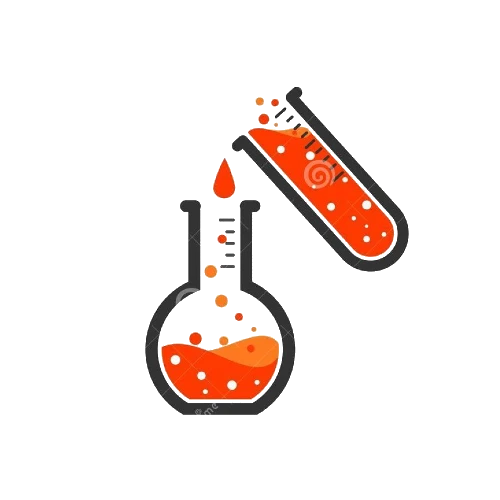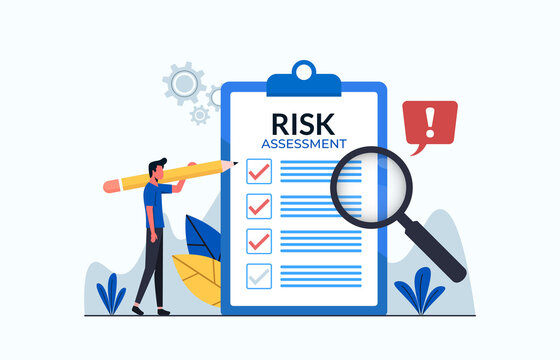Risk Analysis Study Protocol cum Report for Evaluation of Extraneous Material in Finished products
Original price was: ₹60.00.₹50.00Current price is: ₹50.00.
+ Free ShippingRisk Analysis Study Protocol cum Report for Evaluation of Extraneous Material in Finished products
Extraneous materials are any foreign matter in product associated with objectionable conditions or practices in production, storage or distribution. The contaminant or extraneous material may be related to the active ingredient, excipient materials or colorant. Particles may be generated from the product container or packaging material. These types of particles include glass, rubber, aluminum, plastics and paper. Contamination can also result from the manufacture of the product; examples of these include charred product, detergents and lubricant oils. Metal and metal corrosion, Teflon, graphite and rubber particles are indications of tank, filter or equipment failure. Environmental contaminants such as fibers and skin cells are also found. The most common contaminants in pharmaceuticals are cellulose (cotton and paper) fibers, synthetic fibers, silicone, plastics, rubber, metal particles and corrosion products, glass particles, skin flakes and char particles.
Contaminants can gain entry into a production process stream from several sources such as, Personnel, Poor facility design, Incoming ventilation air, Machinery and other equipment for production, Raw material and semi-finished material, Packaging material, Utilities, Different media used in the production process as well as for cleaning and Clean room clothing.









Reviews
There are no reviews yet.